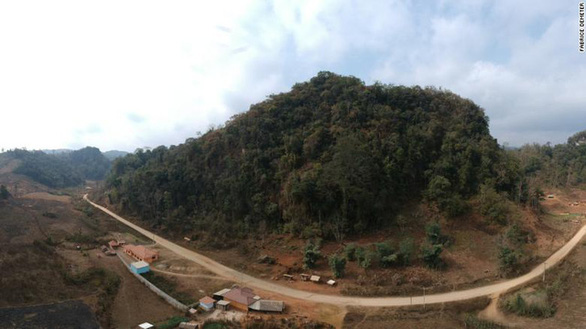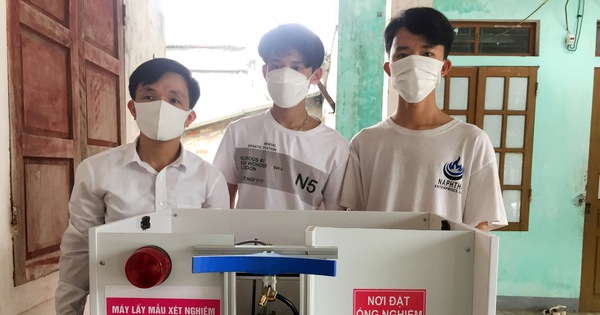The tooth helps uncover the biggest mystery in human evolution

Scientists started exploring Cobra cave in 2018 – Photo: FABRICE DEMETER
The researchers believe the tooth belonged to a little girl who lived at least 130,000 years ago and is likely Denisovans – a mysterious group of early humans first identified in 2010.
The tooth was discovered by archaeologists in Cobra cave, 260km north of the Laotian capital Vientiane, where they began excavating in 2018.
The study, published in the journal Nature Communications On May 17, it was estimated that the molar was about 131,000 – 164,000 years old. The age determination of the tooth was based on analysis of cave sediments, dating of three animal skeletons found in the same layer, and the age of the fossil rock above the tooth.
The newly discovered lower molars are the first fossil evidence of Denisovans in Southeast Asia and could help untangle a puzzle that has long baffled experts on human evolution.
According to CNN, the new discoveries fundamentally change the picture of human evolution from Africa alone.
The only last Denisovan fossil was found in North Asia – in the Denisova cave of the same name in the Altai Mountains of Siberia (Russia). However, genetic evidence ties the most ancient humans to places as far south as the Philippines, Papua New Guinea and Australia.
“This suggests that Denisovans may have also been present in Southeast Asia,” said study author Clément Zanolli, a paleontologist at the French National Center for Scientific Research (CNRS). .
“This is the first time Denisovan has been found in a warm climate,” said paleontologist Fabrice Demeter from the Center for Geography at the Lundbeck Foundation of the University of Copenhagen in Denmark.
“That means they have adapted to different climatic environments, from the cold regions of the high mountains to the tropical and low-altitude regions. In this respect, they are similar to modern humans. us,” added Mr. Demeter.
The researchers compared the teeth’s ridges and indents to other fossil teeth of ancient humans and found that it did not resemble the teeth of Homo sapiens or Homo erectus – the first ancient humans to walk with upright gait that is found throughout Asia.
The tooth in the Laotian cave most closely resembles the tooth in the Denisovan jawbone found on the Tibetan plateau, China.
Ms. Katerina Douka, department of evolutionary anthropology at the University of Vienna (Austria), said that no DNA has been removed from the fossilized jawbone, but only “thin” protein evidence to identify Denisovan.
The study authors say they plan to try and extract ancient DNA from the tooth to provide a more definitive answer. However, because the warm climate makes it difficult for DNA to preserve well, more time is needed.
According to the newspaper South China Morning Post (SCMP)the tooth is one of the few archaeological remains in the world of Denisovans, a “sister-sister” lineage to the Neanderthals – a close human race of modern Homo sapiens.
Genomic studies have shown that Homo sapiens interbred with Denisovans 30,000 years ago. The common ancestor of Denisovans, Neanderthals and Homo sapiens is thought to have lived in Africa 700,000 to 500,000 years ago.
at Blogtuan.info – Source: tuoitre.vn – Read the original article here



